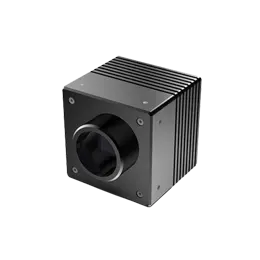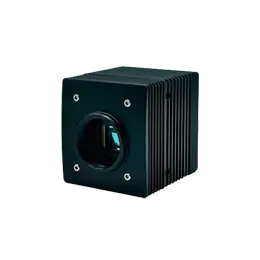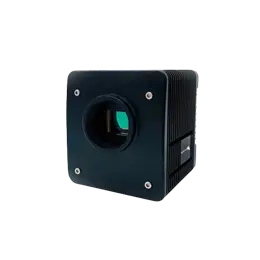Environmental monitoring plays a critical role in understanding and preserving our natural ecosystems. As technology continues to advance, new tools and techniques are emerging to enhance environmental monitoring efforts. Short wave infrared (SWIR) sensors have emerged as powerful instruments for studying the environment due to their unique capabilities and potential. In this article, we will explore the future of environmental monitoring and the transformative role that SWIR sensors are poised to play.
SWIR sensors offer the ability to assess vegetation health with precision and detail. By measuring the reflectance of vegetation in the SWIR range, these sensors can provide insights into plant stress, nutrient deficiencies, and disease detection. We will discuss how SWIR sensors can aid in vegetation mapping, monitoring forest health, and assessing the impact of climate change on ecosystems.
The quality and pollution levels of water bodies are crucial indicators of ecosystem health. SWIR sensors can analyze the spectral signatures of water to detect pollutants, dissolved organic matter, and harmful algal blooms. We will explore how SWIR sensors can contribute to monitoring water quality, safeguarding drinking water sources, and managing aquatic ecosystems for the benefit of both human and marine life.
Understanding soil properties is essential for sustainable agricultural practices. SWIR sensors have the capability to assess soil composition, moisture content, and nutrient levels. We will delve into how SWIR sensors can support precision agriculture by optimizing irrigation, fertilizer application, and soil health management. Additionally, we will discuss their potential in mitigating the impact of soil degradation and erosion.
Air pollution has significant implications for both human health and the environment. SWIR sensors can assist in monitoring air quality by detecting and quantifying pollutants such as particulate matter, ozone, and greenhouse gases. We will explore how SWIR sensors can contribute to pollution control efforts, aid in urban planning for improved air quality, and support climate change research by monitoring greenhouse gas emissions.
The combination of SWIR sensors with remote sensing techniques and environmental modeling holds great promise for studying and predicting environmental changes. We will discuss how SWIR sensors can be integrated with satellite-based observations and data assimilation techniques to create accurate environmental models. This integration can provide valuable insights into climate patterns, land use changes, and ecological forecasting.
The future of environmental monitoring is bright with the advent of SWIR sensors. Their unique capabilities to analyze vegetation health, monitor water quality, assess soil composition, control air pollution, and contribute to remote sensing and environmental modeling make them invaluable tools in understanding and managing our ecosystems. As technology continues to evolve, SWIR sensors will play an increasingly significant role in shaping the future of environmental monitoring, enabling us to make informed decisions and take proactive measures to protect our planet.



